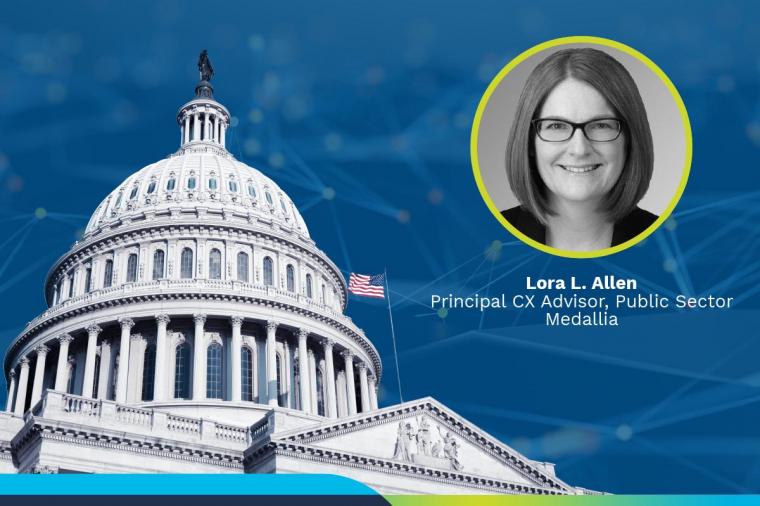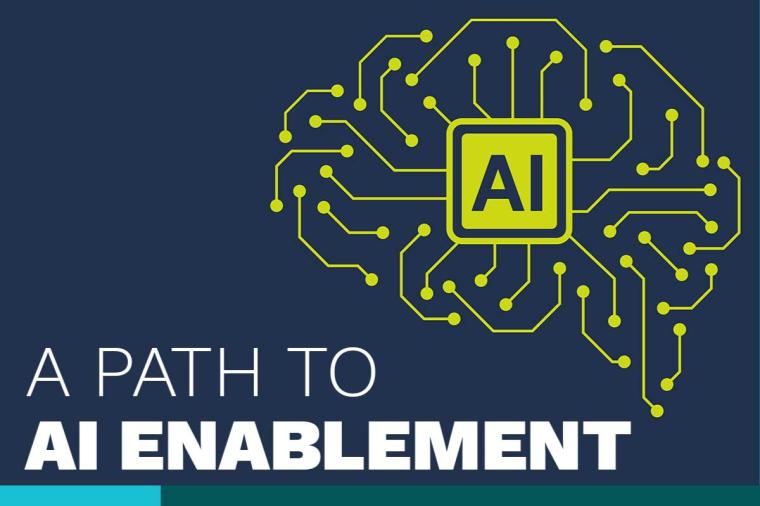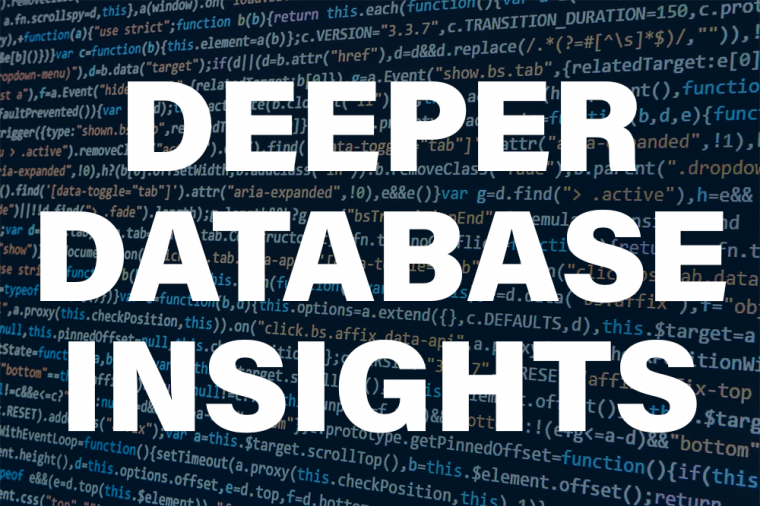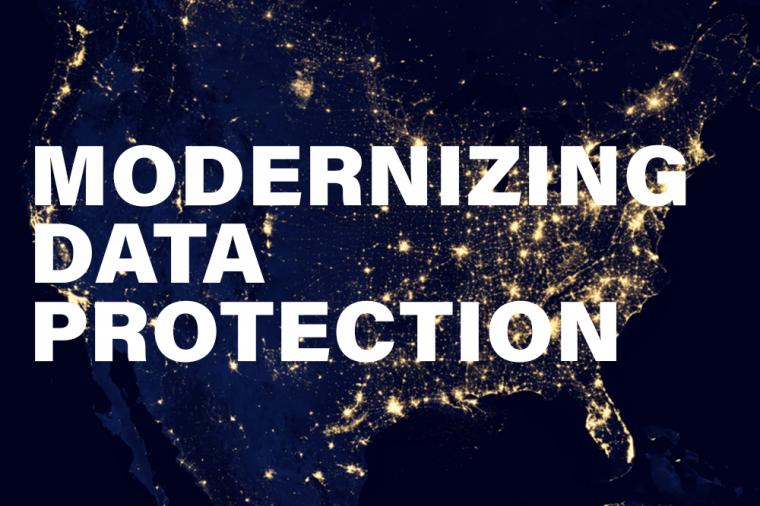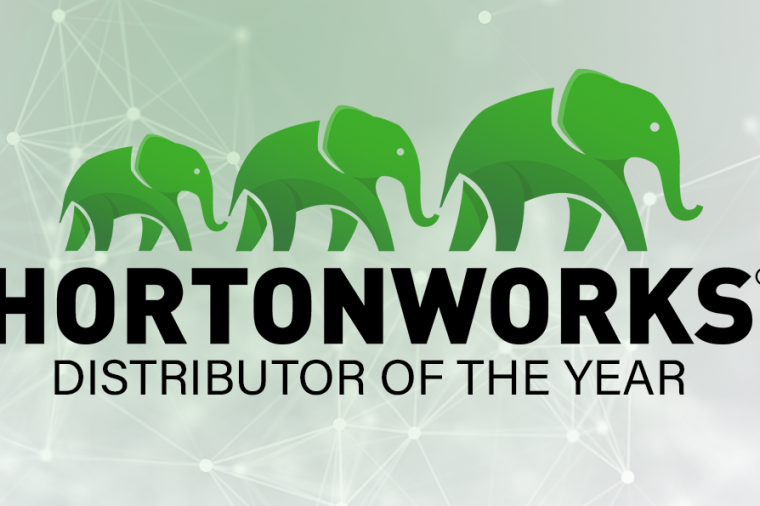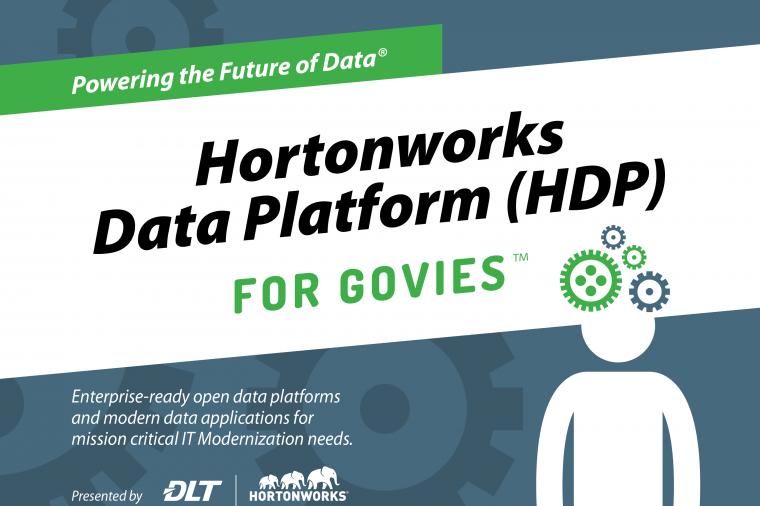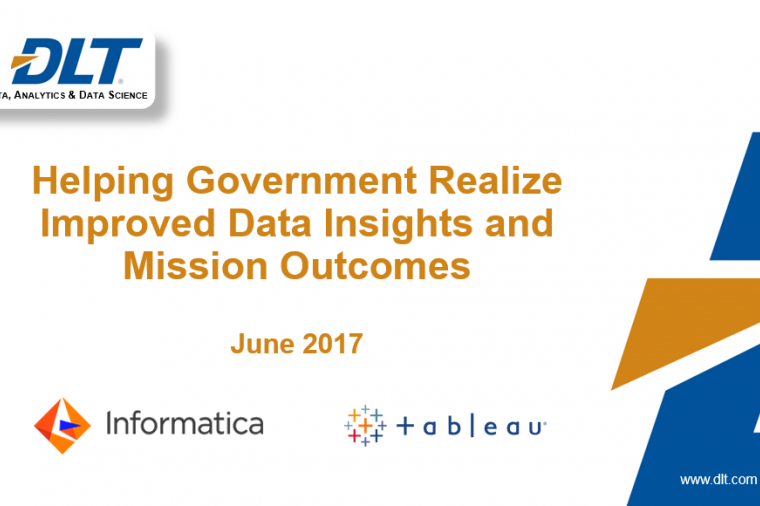Business-Driven Data and Analytics – the New Frontier

The notion of Data Analytics has been in existence for a very long time. Everyone understood data and analytics as essential to “someone” within the organization, but somehow at a distance. In the best case, the technology team would provide a user with the requested data as a means of assessing success and forecasting the future needs of the organization.
It comes as no surprise that the model is shifting from being technology-led to being business-led. However, what may come as a surprise is the speed in which this shift is occurring. The COVID-19 crisis effectively propelled data and analytics as a core business capability to address disruption, along with digital transformation. As this is accompanied by a paradigm shift in driving strategic results through data, it becomes even more critical that data and analytics is understood and managed as a business asset across business functions.
Business-driven data and analytics, as strategic differentiators: does that seem complicated? Perhaps, but only if you don’t fully understand the process to break it down into consumable, executable pieces. It’s more than just data democratization and technology. Both are important but need to be addressed in the context of a comprehensive data strategy and data governance framework.
In the annual NewVantage Partners executive survey, only 24% said they had created a data-driven organization.(1) Decades before the first mention of big data, businesses applied analytics on the data they collected to gain insights and uncover trends. This involved capturing numbers on a spread sheet and manually examining the numbers.
“Torture the data and it will confess to anything” – Ronald Coase – Noble Prize Recipient, Economics
With today’s technological advancements, specifically Artificial Intelligence (AI) and intelligent data cataloging, there is no longer a need to torture the data (or, for that matter, the business stakeholders). It should no longer feel as if using data is so onerous it’s torture.
Even with these levels of committed investment, challenges remain. Organizations are continuing to struggle to derive value from their Big Data and AI investments and to become true data-driven organizations. The following findings reflect the challenges that firms are facing:
- Only 48.5% are driving innovation with data
- Only 41.2% are competing on analytics
- Only 39.3% are managing data as a business asset
- Only 30.0% have a well-articulated data strategy for their company
- Only 29.2% are experiencing transformation business outcomes
- Only 24.4% have forged a data culture
- Only 24.0% have created a data-driven organization.
Being truly data driven means the entire organization leans into the data and relies on it even when it isn’t easy or convenient to do so. When an organization becomes data-driven they’ve developed a culture that permeates the entire firm – not just the executive level or within certain functional areas.(2)
Clearly, there is opportunity for growth and improvement. After all, becoming a data-driven organization represents a transformational process. Executives report that changing the culture – rather than moving to new technology – represents the biggest impediment to successful adoption of data initiatives and biggest barrier to realizing business outcomes.
Today, all that is necessary is having a big data analytics strategy to maximize the data at your disposal. With a proper customer data analytics mechanism in place, a business will have the capability to derive critical behavioral insights that it needs to act on to retain the customer base. The more data that a business collects, the more patterns and trends the business will be able to identify.
The Path Forward: Enabling Business Led Data and Analytics in Five Steps:
- Define an Organization Structure that Supports Business-Led Data and Analytics
- Define and implement an organizational model for data and analytics that enable both enterprise and business domain outcomes to be achieved through effective, trust-based data and governance.
- Define and Prioritize the Business Domains Impacted
- With change of this magnitude, it’s best to start with targeted use cases. Start with small but impactful use cases, gain experience, and expand.
- Enable an Intelligent Data Catalog
- Define and curate business-centric datasets that can be measured and monetized.
- This will enable the next-generation predictive analytics to be meaningful and valuable in driving business results
- Define a Change Management Strategy, Communication Plan and Training Itinerary
- Do not underestimate the impact to the organization resulting from this change.
- To accomplish the shift from technology to business-led should not be taken casually: you will need an impact analysis and change management plan. Success will require winning the hearts and minds of the organization, including providing the skills and tools to make stakeholders successful.
- Upskill and Cross-Skill (these are not buzz words). Roles, responsibilities, and accountabilities will be redefined. Stakeholder acumen will need to be assessed, gaps identified, and retraining opportunities should be provided.
- Communication during the transition and beyond is essential (and unfortunately is most often overlooked). This is not a one-size-fits-all plan. It will need to be tailored to specific audiences within an organization.
- With data democratization, data literacy is essential. If business stakeholders will be provided with more data than ever before possible, they need the capability to understand it.
- Define Key Performance Indicators for the Strategic Business Outcomes
- Define quantifiable KPIs for the strategic business domain outcomes and directly connect these to the data and analytics assets that enable them.
Transitioning to this capability in an organization begins with a blend of strategy and governance. Leveraging both the Informatica Data Strategy and Data Governance Frameworks as contextual models will ensure data and analytic capabilities are part of the organization’s digital transformation plan.
Often organizations equate data and analytics to AI and Data Cataloging and stop there. This thinking indicates the technology alone is the answer, when clearly it is not.
These frameworks provide a pragmatic approach to defining data strategy and data governance enablers within an organization to support digital transformation. Within data strategy development, mapping the data capabilities to business results will drive the success of the organization. Let the business take the reins in describing their desired business outcomes. However, this is a significant change to the traditional lines of thinking. Mapping the change management considerations to people, process and technology will highlight the infrastructure that needs to be in place to succeed as an organization.
An example of the benefit of business-led analytics is evident in the following excerpt from Justin De Graaf, former Director of Data Strategy & Precision Marketing, Coca-Cola.
"Big data needs to start small. It can be overwhelming for data scientists and executives. Our teams focus on key results that we believe data will help deliver, and then we build a business case to support it. With endless problems that data can address, it’s critical that we prioritize our resources toward the ones that drive the greatest consumer and business value. When our work focuses on those two priorities, it’s hard not to have stronger results."(3)
If your organization has not started this transformation, now is the time to do so. Sustaining the status quo jeopardizes growth and longevity. With all the digital applications available to consumers, it has become convenient to take their business elsewhere and there are no second chances in the realm of customer experience. Wherever you are on your data journey Informatica can help through Advisory Services, facilitated workshops, health checks and other customized engagements. You can learn more about the assistance we can provide in our Services Catalog.
Author: Mary Wilson, Sr. Principal Consultant Data Strategy & Governance, Informatica
(1, 2) New Vantage Partners: Big Data and AI Executive Survey 2021
(3) ADMA's Data Day 2017
















